Japan has placed a significant emphasis on the development of the hydrogen and fuel cell vehicle (FCV) industry, elevating hydrogen energy development to a national strategic level. Since 2003, following the “First Basic Energy Plan”, Japan envisioned becoming the first ‘hydrogen society’. The trajectory of Japan’s hydrogen fuel cell vehicle industry has progressed alongside the hydrogen energy industry, with the government issuing various strategic plans such as the ‘Japan Revival Strategy’, ‘Energy Strategy Plan’, ‘Basic Hydrogen Strategy’, and ‘Hydrogen and Fuel Cell Strategic Roadmap’. The development phases can be segmented into the technology reserve period, technology demonstration period, and industrialization acceleration period, each supported by well-aligned policies.
Development Phases
Technology Reserve Period (1973-2000)
The oil crisis of 1973 severely impacted Japan’s economy. To address this, Japan initiated the ‘Moonlight Project’ and the ‘Comprehensive Technological Development Program in the Field of Energy and Environment,’ significantly investing in hydrogen and fuel cell technology research.
Technology Demonstration Period (2001-2011)
In 2002, Japan began developing a hydrogen energy strategy and established the Hydrogen Energy Promotion Organization (NEDO). During 2003-2010, Japan introduced the ‘Basic Energy Plan’ thrice, continuously enhancing support for fuel cell and hydrogen technology R&D, along with numerous demonstration projects to validate the feasibility of industrialization and promotion.
Industrialization Acceleration Period (2012-Present)
Following the Fukushima nuclear incident, Japan expedited its shift towards clean energy. The ‘Fourth Basic Energy Plan’ facilitated the 2014 release of the ‘Hydrogen and Fuel Cell Strategic Roadmap,’ updated in 2016 and 2019. In December 2017, the Cabinet meeting launched the ‘Basic Hydrogen Strategy,’ targeting a hydrogen energy society by 2050. Notably, the launch of Toyota’s MIRAI FCV in 2014 and Honda’s CLARITY FCV in 2015 marked the commercialization of hydrogen FCVs globally. In 2020, Japan’s “Hydrogen Future Strategy” aimed for 100% carbon neutrality by 2050, advancing hydrogen energy development aggressively.
Current Trends
Sales, Availability, and Hydrogen Station Construction
Hydrogen FCVs, as next-gen NEVs, influence future automotive industry restructuring. By the end of 2022, global FCV stock stood at 67,315 units, with Japan accounting for 8150 units. Although 2022 saw a 34% YoY decline in Japan’s FCV sales to 3924 units, the potential growth remains substantial. Leading companies like Toyota, Nissan, and Panasonic dominate the Japanese market, with Toyota’s MIRAI achieving a global cumulative total of 21,864 units. Additionally, Japan constructed 164 hydrogen stations by end-2022 (20% of the global count), ranking third worldwide with plans to build 320-900 stations by 2025-2030.

Subsidy Schemes
The Japanese government has continually expanded its subsidies for NEVs. For example, subsidies for purchasing FCVs rose from 2.25 million yen to 2.55 million yen. Investment in charging infrastructure increased by 6.5 billion yen, with enhanced subsidies for constructing new hydrogen facilities.
Hydrogen Production Methods
Key methods include fossil energy hydrogen production (natural gas, coal, industrial by-products) and water electrolysis hydrogen production. Japan leverages both, with electrolysis and imported fossil energy hydrogen accounting for 49% and 50.9% of the market, respectively.
Technological Level and Patents
Japan excels in FCV R&D, with 56.3% of global patents in the field, surpassing combined patents from countries like China, the US, Germany, and South Korea. Companies like Toyota lead in comprehensive technological advancements, including in hydrogen production, storage, fuel cell stacks, and critical components.
Future Strategies
The Hydrogen Fuel Cell Strategic Committee’s revised ‘Hydrogen and Fuel Cell Strategic Roadmap’ in 2019 outlines plans for comprehensive hydrogen energy consumption and supply strategies by 2025 and 2030, aiming to lead global hydrogen energy industry development.
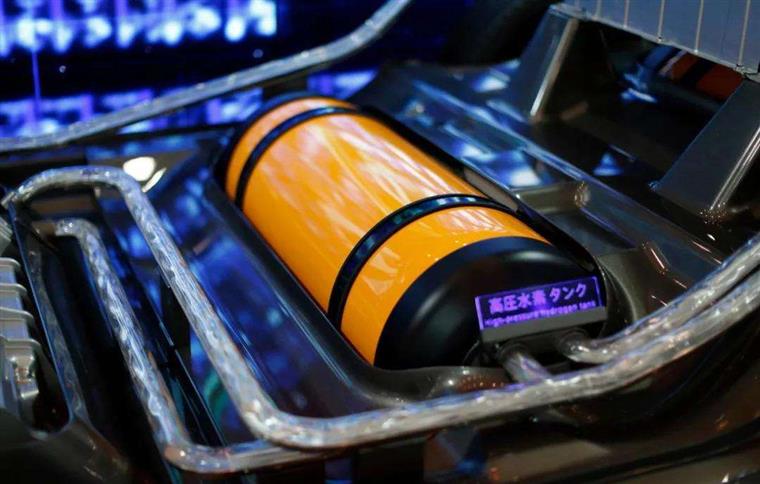
Key Advantages
Advanced Technology
Japan’s dedication to hydrogen-related materials, equipment, and systems development places it at the forefront globally. With over 50% of global patents in the field, it excels in proton exchange membrane fuel cells, fuel cell systems, and on-board hydrogen storage technologies. For instance, Toyota’s advancements in the Mirai FCV’s core systems spearhead global standards.
Comprehensive Industry Chain
Japan’s highly integrated FCV industry chain extends from fuel cell research to whole-car production, hydrogen production upstream, storage, and downstream applications. Alliances among key industry players ensure streamlined developments, such as the ‘Japan H2 Mobility’ by Toyota, Nissan, and others.
National Strategic Emphasis
Japan’s early and persistent focus on hydrogen energy and FCV research under multiple programs like the ‘Sunshine Project,’ ‘Moonlight Project,’ and post-2013 initiatives highlight its commitment. Additionally, post-Fukushima, Japan accelerated hydrogen energy efforts with broad financial, tax, and policy support.
In conclusion, Japan’s proactive approach, comprehensive institutional frameworks, and leading technological advancements promise a promising future for its hydrogen fuel cell vehicle industry. With ongoing support and evolving market demands, Japan’s FCV sector is set for further growth and innovation.






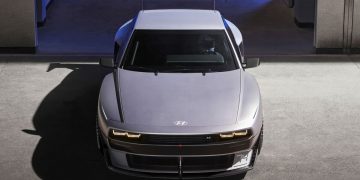

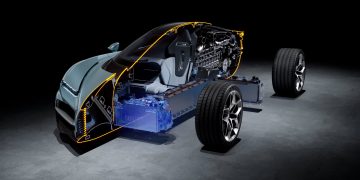
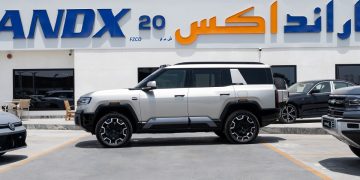

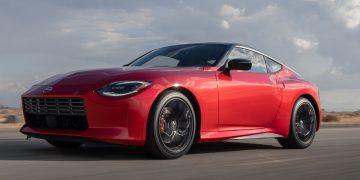




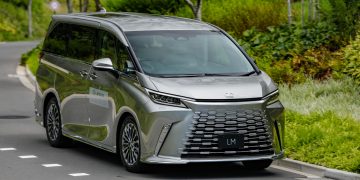



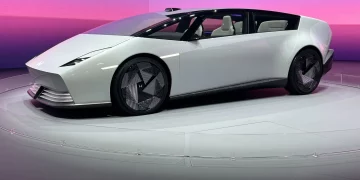













Discussion about this post